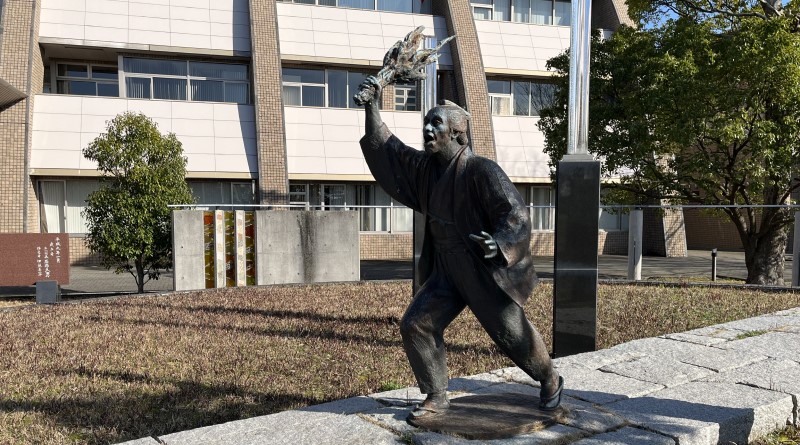
Hamaguchi Goryo and the Fire of Rice Sheaves
It is no secret that Japan has a lot of earthquakes every year. Earthquakes are truly fearsome acts of nature, but just as terrifying as an earthquake can be, what comes after the quake can be even more frightening; a tsunami. Tsunami plagued Japan for centuries causing untold amounts of destruction and loss of life. Then, in the 19th century, Hamaguchi Goryo decided to stand against the impending doom of a tsunami. By setting fire to his precious rice sheaves, Goryo saved his village and would later develop a plan to help “protect one hundred generations”.
The Ansei Nankai Earthquake
While the Japanese are no strangers to earthquakes, the threat of two inevitable earthquakes sends chills down their spines; the Nankai and Tonankai earthquakes. Scientists predicted that these two earthquakes will have a magnitude of around 8.0 and could very well occur simultaneously. Those earthquakes are certainly going to happen. It is simply a matter of when they will happen. After the earthquakes, the coastal areas of West Japan facing the Pacific Ocean will be hit by massive tsunamis.
If both earthquakes do occur at the same time, it will result in immense damage to many places including Osaka and Nagoya.
Unfortunately, in 1854, both the Nankai and Tonankai earthquakes did occur at the same time. On November 4th, Tonankai Earthquake hit the Tokai region with a magnitude of 8.4. The resulting tsunami reached a height of 20m. This earthquake did a lot of damage to the Tokai region, but not to the Kansai region, though people did feel tremors from the quake.
On November 5th, the Nankai earthquake hit Kansai 32 hours after the Tonankai earthquake. The 8.4 magnitude quake generated a devastating tsunami that killed tens of thousands in coastal areas.
In Osaka, people evacuated in their boats after the first quake, but the ensuing tsunami crushed their boats and flooded the city. The tragedy was great and a powerful lesson. Today, you can even find a stone marker in the city that reads, in short, “Do not use boats after an earthquake.”
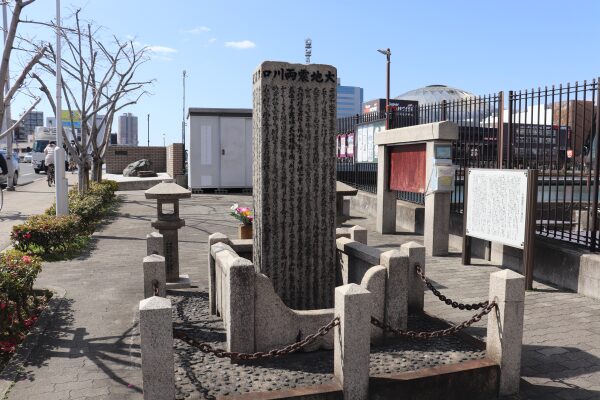
Hamaguchi Goryo and the Burning Rice Sheaves
After the Nankai Earthquake, a huge tsunami also hit Wakayama prefecture, where many cities are right next to the ocean. However, miraculously in the village of Hiro (now Hirogawa) most of the villagers survived thanks to the efforts of one man.
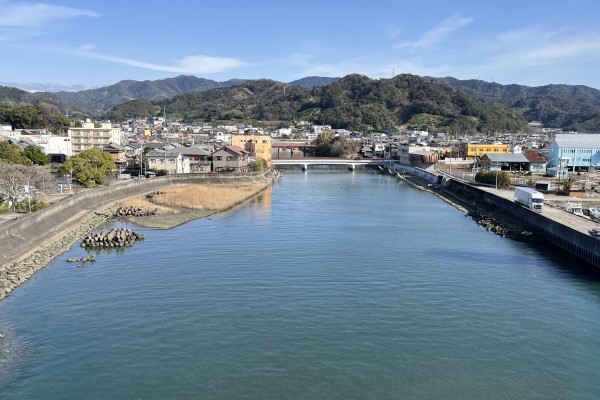
In the village, lived a young man called Hamaguchi Goryo. He was the seventh owner of Yamasa (one of Japan’s biggest soy sauce companies). A wealthy man, Goryo’s life was largely peaceful until that fateful event.
When the earthquake struck, some people successfully evacuated before the first tsunami came, but many did not. In the dark of night, the giant wave came crashing to the shore. Those who were not sucked into the ocean were left blindly running in darkness from a death they could not see.
From his home up on the hill, Goryo could see the terror the tsunami brought. He quickly realized that he had to let people know where to evacuate. He grabbed a torch and ordered his farm hands to set fire to his recently harvested rice crop. As each sheave of rice burned it lit a path to Hiro-Hachiman Shrine where they would be safe. Thanks to Goryo, 90% of the villagers survived.
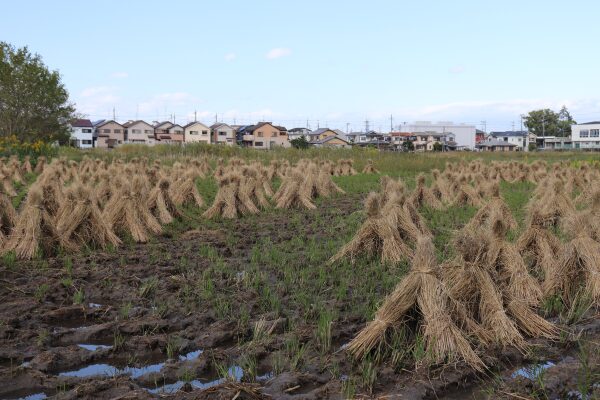
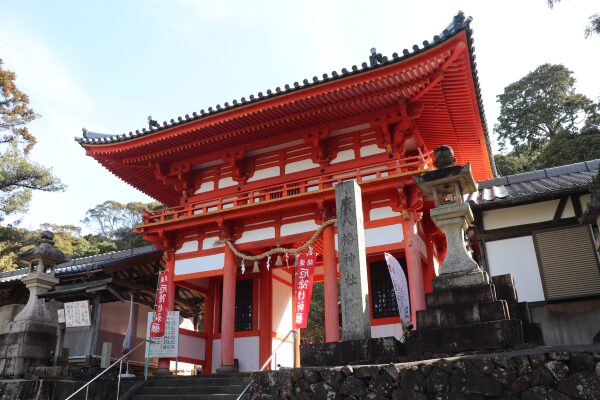
Hamaguchi Goryo and Tsunami Prevention
After the earthquake, the entire village was devasted by the impact of the tsunami. Moved by the suffering of the villagers, Hamaguchi Goryo decided they must rebuild their homes as soon as possible. To that end, he hired many of the villagers to do construction work, such as building a shelter for people. This prevented people from moving away from the village and helped keep people motivated.
Goryo foresaw the possibility of another earthquake and tsunami in his village. To help mitigate the potential damage, he and his fellow villagers constructed a mud levee called the Hiromura Levee. While the levee was not high enough to stop a tsunami, it did significantly reduce the impact of the Nankai earthquake that occurred about a century later, just as Goryo had predicted. Today, Hiromura Levy is still standing as a testament to Goryo’s foresight and the perseverance of the village.
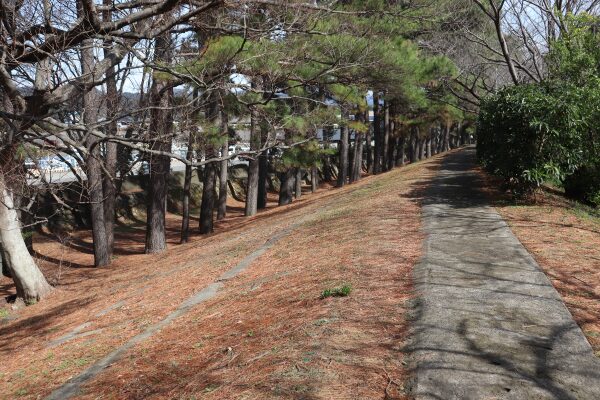
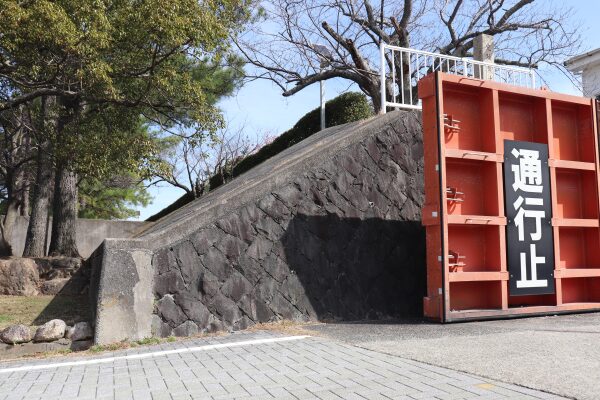
After the earthquake, he became the hero of Hiromura. Goryo devoted himself to helping people and eventually became the first chairperson of the Wakayama prefectural Congress.
Later, Lafcadio Hearn used these events to compose his story about Goryo’s feats in “The Fire of the Rice Sheaves”. Thanks to Hearn, the world soon learned about that terrifying night in a small village in Japan. Goryo’s bravery and dedication to safeguarding his village have continued to inspire people even today. In 2015, the UN General Assembly established World Tsunami Awareness Day on November 5th (the same date as the Ansei Nankai Earthquake) to commemorate Goryo’s story and to remind everyone of the importance of proper early warning systems and tsunami disaster planning.
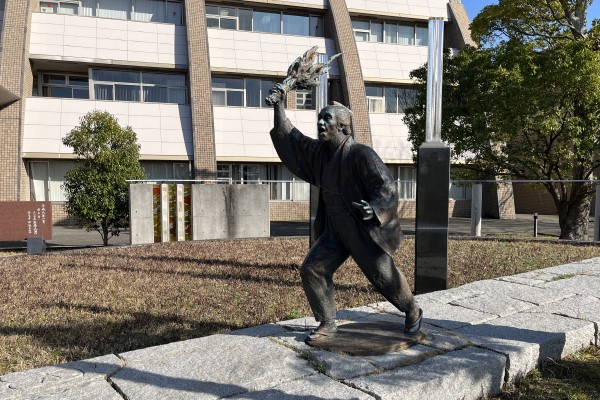
Hamaguchi Goryo’s story teaches us how important it is to help each other, especially in times of disaster.
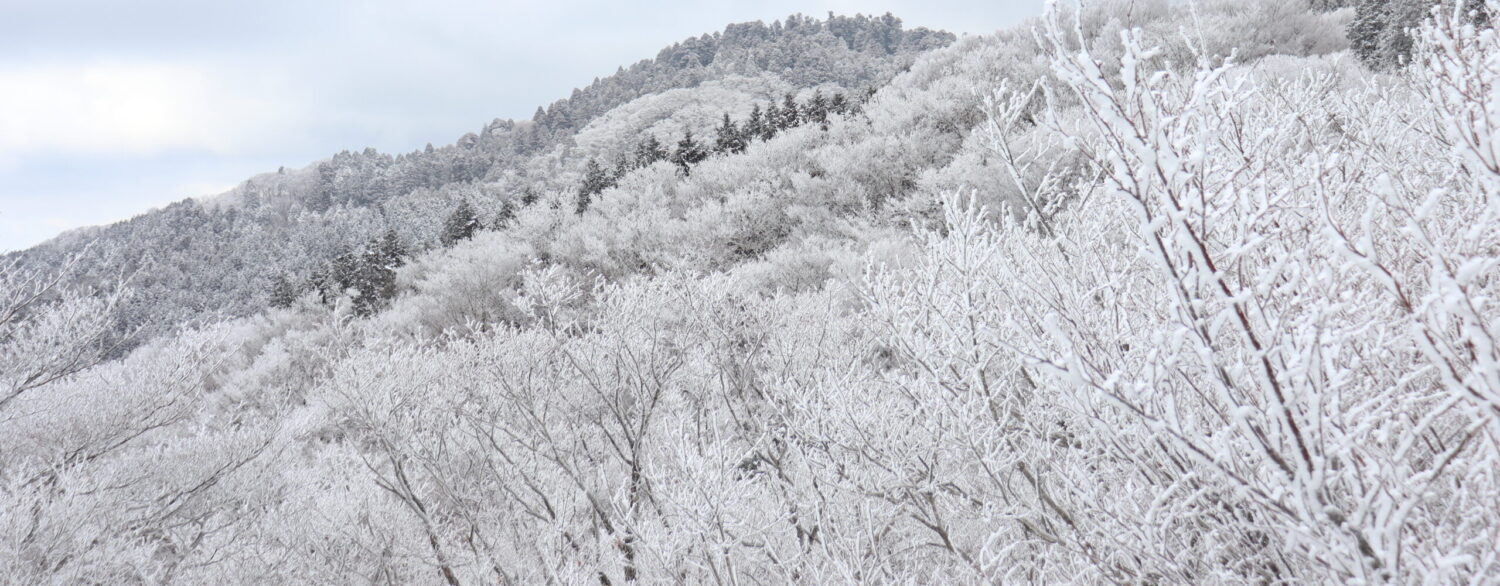
Leave a Reply